

| Ten common Nottinghamshire moths by month |
| November |
| Moth trapping in November is best
done when the temperature remains above 7°C and the sky
is cloudy. The period November to March is the time when many people put their traps away for the Winter, but any amount of effort can sometimes be rewarding and results will provide some very useful information. As a consequence of the lack of recording at this time of year, we know very little about the distribution of many late flying moths in Nottinghamshire. |
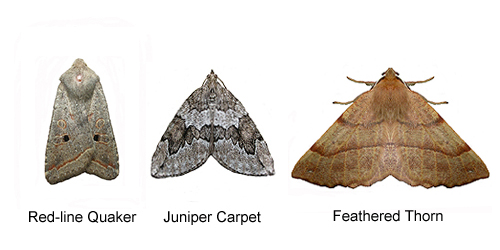 |
|
| .... | ||
| Trapping from gardens will largely cease to become worthwhile attempting, although woodland sites offer the chance to trap some well marked, attractive moths. Below are the ten species most likely to be seen in Nottinghamshire during the month. The number of moths which could be recorded during the day, is now considerably fewer. | ||
| 49.039 .... B&F 0998 .... Light Brown Apple Moth Epiphyas postvittana (Walker,
1863) |
||
| Status .....Originally an Australian species, which was accidentally introduced into the UK in the 1930's. It is now an abundant moth, found throughout Nottinghamshire and especially from urban areas. The two-toned male is distinctive, but there is considerable variation in markings and size of individuals. | ||
| .... | ||
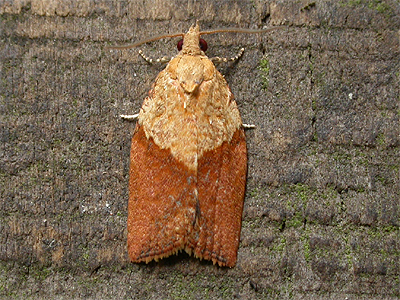 |
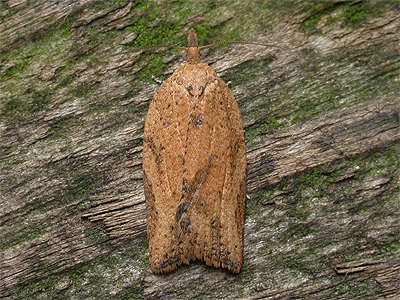 |
|
| 45.044 .... B&F 1524 .... Emmelina monodactyla (Linnaeus, 1758) |
||
| Status .....Common throughout much of Nottinghamshire, where it is regularly found by day resting on fences. Uncommon around the Sherwood Forest NNR. | ||
| .... | ||
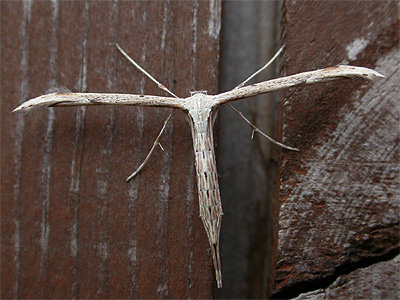 |
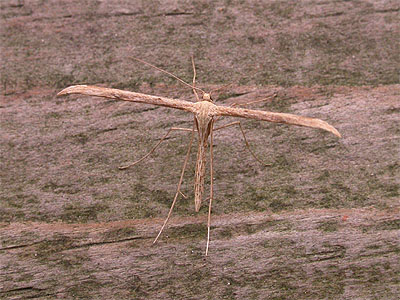 |
|
| 66.001 .... B&F 1631 .... December Moth Poecilocampa populi
(Linnaeus, 1758) |
||
| Status .....Probably much more common than the latest distribution map would suggest. December Moth is certainly very common to MV light in the Sherwood Forest and Idle Valley areas and should turn up in suburban areas, as we have records from the middle of Market Warsop. Has also been recorded from Attenborough NR (record not shown on map). | ||
| ..... | ||
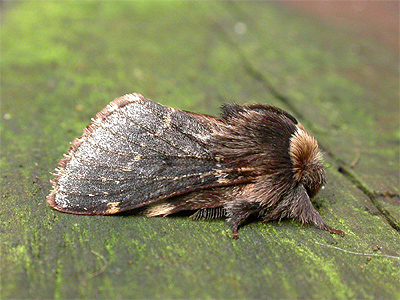 |
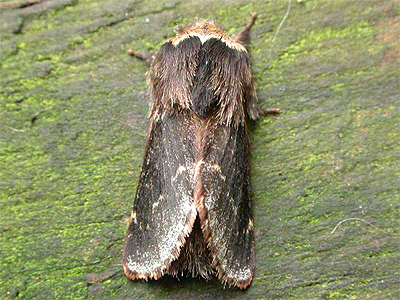 |
|
| 70.106 .... B&F 1799 .... Winter Moth Operophtera brunata (Linnaeus,
1758) |
||
| Status .....Probably common throughout Nottinghamshire, but the evidence based on the distribution map we have been able to produce from records sent to us, would suggest that this moth is uncommon along the Trent Valley. This could also be down to the lack of recording moths during the late Autumn and Winter months. The female is wingless. | ||
| ... | ||
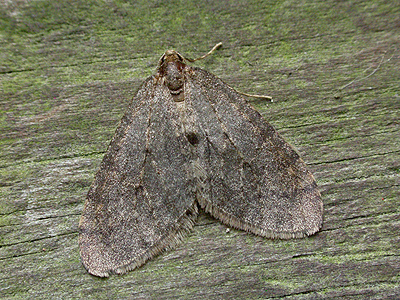 |
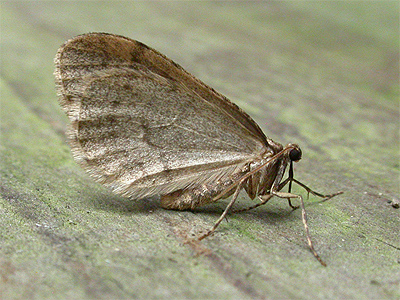 |
|
| 70.107 .... B&F 1795 .... November Moth Epirrita dilutata ([Denis & Schiffermüller], 1775) |
||
| Status .....Very common and often abundant, being attracted to MV light in large numbers. Usually the commonest moth during October at many woodland sites. All the records we have, are all west of the River Trent. | ||
| ... | ||
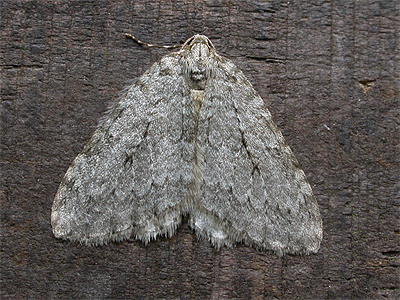 |
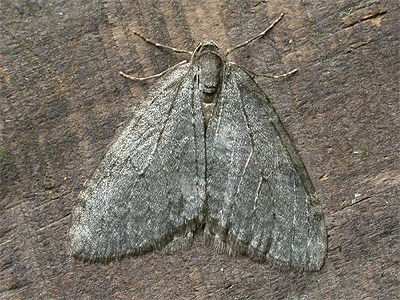 |
|
| 70.244 .... B&F 1923 .... Feathered Thorn Colotois pennaria (Linnaeus, 1761) |
||
| Status .....Common over the western side of Nottinghamshire, but there are few records from sites east of the River Trent, based on the information we have available to us. | ||
| .............. | ||
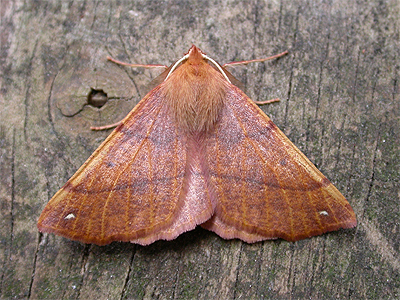 |
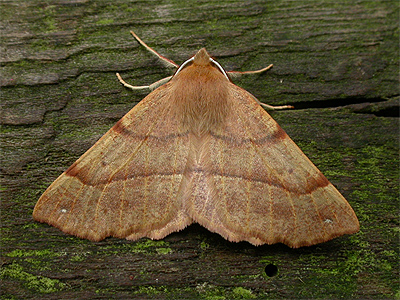 |
|
| 70.254 .... B&F 1933 .... Scarce Umber Agriopis aurantiaria (Hübner,
1799) |
||
| Status .....Records suggest that this moth is confined to the Sherwood Forest area. A moth we have recorded on few occasions to date and in Nottinghamshire, Scarce Umber seems an appropriate name in relation to the sites we trap regularly. Well marked examples of Mottled Umber, should provide little chance of confusion. The female is wingless. | ||
| ... | ||
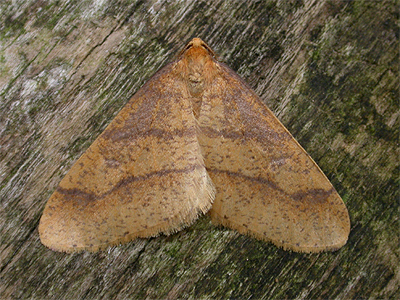 |
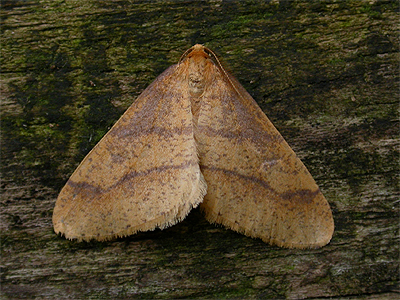 |
|
| 70.256 .... B&F 1935 .... Mottled Umber Erannis defoliaria (Clerck,
1759) |
||
| Status .....Common at many woodland sites in a line running south-west to north-east through the county. Strongly attracted to MV lights and security lights. The females are wingless and can be found during the day on the trunks of trees. | ||
| ... | ||
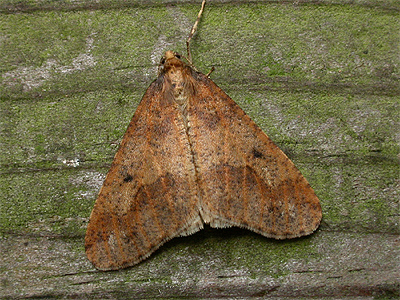 |
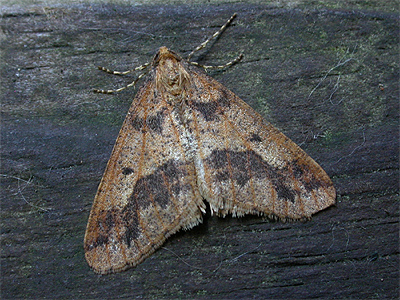 |
|
| 73.113 .... B&F 2306 .... Angle Shades Phlogophora meticulosa (Linnaeus, 1758) |
||
| Status .....A very common and widespread moth in Nottinghamshire. | ||
| ... | ||
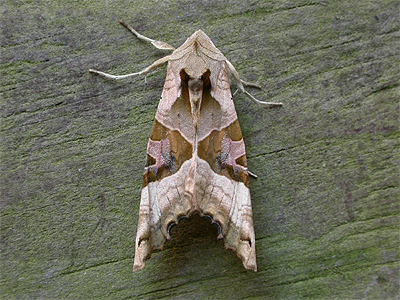 |
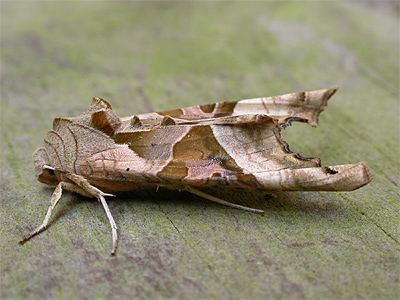 |
|
| 73.194 .... B&F 2258 .... Chestnut Conistra vaccinii (Linnaeus, 1761) |
||
| Status .....Common at all sites where it occurs, with a similar Nottinghamshire range to Dark Chestnut. Very common at sites within the Sherwood Forest NNR, but likely to be found in most Nottinghamshire woodlands. | ||
| .... | ||
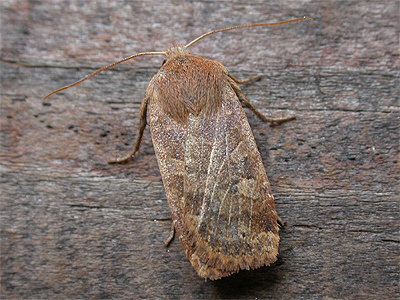 |
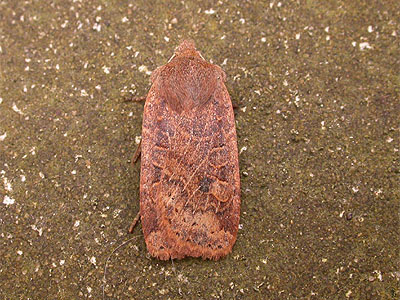 |
|
| Can't find your moth? Some other moths often recorded at MV light during November |
| .... |
| The following moths are also likely to occur during the month, although some may be more habitat specific and less likely to be recorded from suburban gardens. |
| .... |
| Common moths often recorded during the day |
| ..... |
| The following moths can occasionally be encountered during daylight hours this month. |
| ..... |